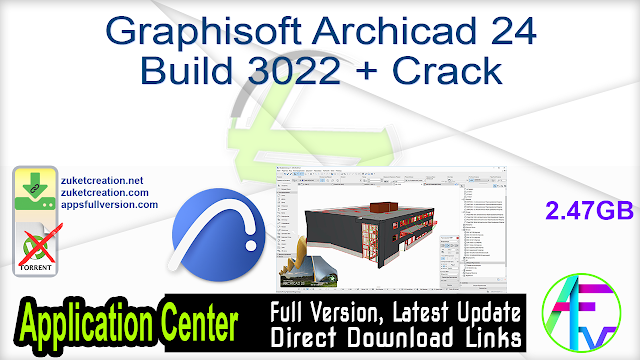

So in theory, the latest and greatest hardware with support for the Core and Compatibility profiles should run super old OpenGL1.1 code just fine. This has turned out to be true. I've spent 12 months learning OpenGL1.1 and have a fair grasp on it.Ive spent 12 months learning OpenGL1.1 and have a fair grasp on it. I had a read of a few chapters of one of those fancy new OpenGL4.2 books.
Opengl 2.0 Compatible Software Abstraction Of
In addition, it provides a software abstraction of graphics devices by rendering them onto a local area 2D memory bitmap.Hardware that supports it, or using vendor-specific OpenGL extensions, OpenGL functions use platform-specific graphics APIs that allow the programmer to access the graphics hardware's capabilities.Even on hardware that supports it, many functions are still not implemented by all of the available devices. The library is composed of the necessary state-setting steps, utility routines for managing resources and access to other functions in the system. In addition, the architecture of OpenGL takes advantage of a layered design that makes it easier to extend it in the future without breaking support for older hardware devices.OpenGL interface functions with the ‘ client- side’ API library in basic implementations, which does not include hardware-specific code. The API makes it easier to use OpenGL functions by removing cross-platform issues such as different graphics hardware capabilities, different windowing systems and operating system graphics device drivers. Almost all of the features that I rely on have been deprecated (like Display Lists), which lets me assume that there are better ways of doing all these things.Lets consider that 1.1 is likely to be supported, in full, by ALL modern hardware. I'm not coding the hard way just to support 20 year old PCs.
All header files containing references to externally accessible functions are collected in a top-level directory gl. How is OpenGL's API organized?The organization of OpenGL's API is broken up into distinct modules defined by separate headers. OpenGL lets the user code supply a custom callback function which the system then calls to determine how each primitive is drawn. For example, in some cases, low-level 3D scenes need to be rendered from more than one primitive type (triangles, lines, points).
Primitives are drawn as meshes composed of one or more vertices, with each vertex containing its own position, colour and texture coordinate data. What is the OpenGL Rendering Pipeline?The OpenGL rendering pipeline works on blocks of data called "primitives". However, you can use OpenGL in combination with lower-level APIs to improve the speed of certain rendering tasks.OpenGL also has a number of dangerous features for developers without the right level of experience, creating easy ways to get into bugs, such as race conditions and inconsistent rendering between window-system specific back-ends. What is OpenGL not good at?Using the OpenGL API is slow compared to lower-level APIs, making it unfeasible for games requiring real-time performance. Core extensions are part of the official OpenGL specification, and this list is frequently updated with the latest industry standards.There are many other vendor-specific or open-source extensions that you can use to expand the functionality of OpenGL, such as the ‘GL_EXT_debug_marker’ extension provided by the Mesa Graphics Library and used by a number of Linux distributions. This includes definitions for each symbol and type used in the API header files contained in this directory.Each OpenGL extension (each distinct feature that you can add to OpenGL) defines its own set of functions grouped together into an extension library.
It provides access to virtually any graphics-related feature imaginable (including things like rendering fonts), and the number of extensions continues to grow. It's accessible and comprehensiveOpenGL is undoubtedly comprehensive. The data for each fragment generated during rasterization is read back from memory and passed to this function. These steps involve up to four more calculations: interpolation, clipping, viewport transformation, and finally, the rasterization stage.The final step in the rendering pipeline, the fragment processing stage, is where most of the graphics state is held so that subsequent steps in the rendering pipeline can use this information. It is here that vertex data specified by the application is transformed and projected onto the 2D plane of the window.The next steps in the pipeline are performed on a per-fragment basis, rather than per-vertex or per-primitive.


 0 kommentar(er)
0 kommentar(er)
